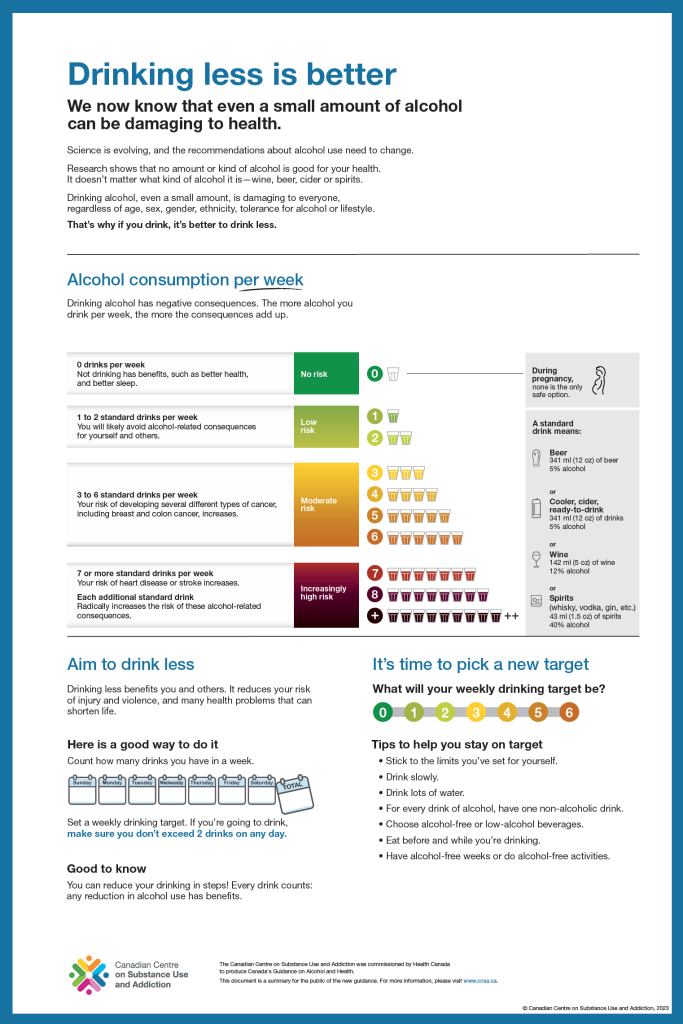Unlock the secret formula for your ideal level of intoxication with our in-depth exploration of the perfect beer-to-intoxication ratio.
Table of Contents
Alcohol consumption is a common social activity enjoyed by many, but one question that often arises is: how many beers does it take to get drunk? While this may seem like a simple inquiry, the answer is far from straightforward. In this blog post, we will delve deep into the science behind alcohol metabolism, individual tolerance levels, and various factors that can influence intoxication levels.
Alcohol Metabolism
Understanding how the body metabolizes alcohol is key to comprehending why some people may get drunk faster than others. When alcohol is consumed, it enters the bloodstream and is then processed by the liver. The liver breaks down alcohol into acetaldehyde, a toxic substance, and further metabolizes it into acetate, which is eventually excreted from the body. This metabolic process varies from person to person based on a variety of factors.
Individual Tolerance Levels
Tolerance to alcohol refers to the body’s ability to handle alcohol without experiencing intoxicating effects. Some individuals may have a higher tolerance due to genetics, regular alcohol consumption, or overall health. For example, individuals with a family history of alcoholism may have a lower tolerance compared to those without such a history. Additionally, tolerance levels can change over time with continued alcohol consumption.
Factors Influencing Intoxication
Several factors can influence how quickly someone becomes intoxicated after consuming beer. One crucial factor is the alcohol content of the beverage – beers with higher alcohol percentages will lead to quicker intoxication. The rate of alcohol consumption also plays a significant role, as drinking rapidly can overwhelm the liver’s ability to metabolize alcohol effectively.

Image courtesy of www.alcoholresearchforum.org via Google Images
Furthermore, eating food before or while drinking can help slow down the absorption of alcohol into the bloodstream, potentially reducing the likelihood of getting drunk quickly. Staying hydrated is also essential, as alcohol can dehydrate the body, leading to more severe intoxication symptoms. Mixing alcohol with other substances, such as medications or illicit drugs, can amplify intoxicating effects and be dangerous.
Conclusion
While the question of how many beers it takes to get drunk may not have a definitive answer, understanding the science behind alcohol metabolism, individual tolerance levels, and influencing factors can help individuals make informed decisions about their alcohol consumption. By being aware of one’s own tolerance and the circumstances that can impact intoxication levels, individuals can enjoy alcohol responsibly and safely.
Remember, consuming alcohol should be done in moderation, and knowing when to stop is crucial to avoiding negative consequences. By combining knowledge of alcohol metabolism with personal factors, individuals can find their perfect beer-to-intoxication ratio and have a more enjoyable drinking experience.
FAQ
Question 1: How does the body metabolize alcohol?
Answer 1: When alcohol is consumed, it enters the bloodstream and is processed by the liver into acetaldehyde and then acetate, which is eventually excreted from the body.
Question 2: What factors can influence how quickly someone becomes intoxicated?
Answer 2: Factors include the alcohol content of the beverage, rate of consumption, food intake, hydration levels, and mixing alcohol with other substances.
Question 3: How do individual tolerance levels play a role in intoxication?
Answer 3: Tolerance is influenced by genetics, alcohol consumption history, and overall health. Tolerance levels can change over time with continued drinking.
Question 4: How can one find their perfect beer-to-intoxication ratio?
Answer 4: By being aware of personal tolerance levels, understanding influencing factors, and consuming alcohol responsibly and in moderation, individuals can find their ideal balance for an enjoyable drinking experience.
Generated by Texta.ai Blog Automation


Leave a Reply